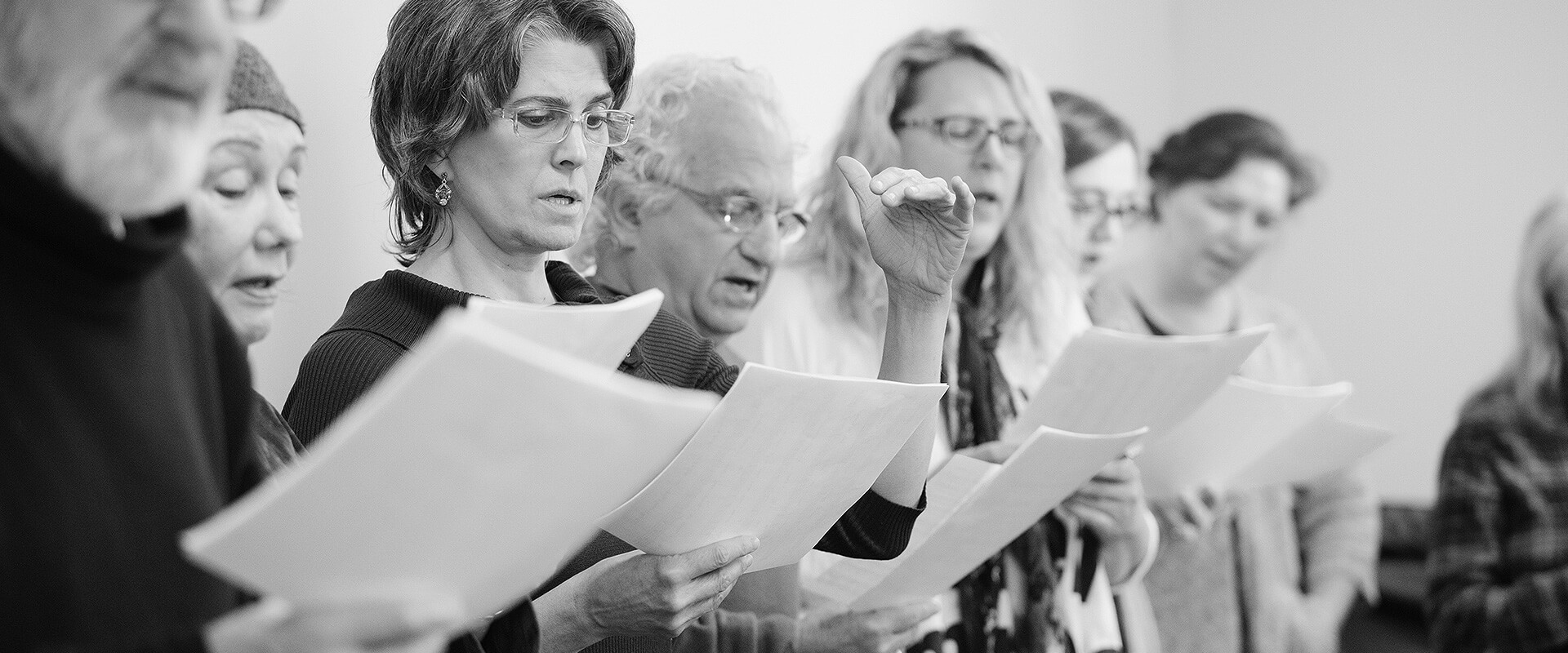Vibrato
Vibrato is the term we use to refer to the natural wave that occurs in some voices, most often in trained ones, which oscillates at about 6 cycles per second. It is understood to be a good and natural phenomenon of a free voice. A natural vibrato occurs when the singer has learned two things: to support properly (thus reducing sub glottal pressure – see Support) and to free his or her larynx. Connecting your breath with your voice also plays a role in mastering vibrato (see Air flow). A larynx that is too free (breath not well connected and tone not well anchored – see Anchoring) will produce a wobble which is a vibrato that is too slow and too wide. This is not attractive to the ear. Similarly, a vibrato that is too fast and not nice, is called a tremelo. It comes from being overly stressed and tight abdominals.
Exercises designed to free the larynx while applying proper support is the best and fastest way to develop your vibrato. It involves a certain letting go in the throat which can be a bit scary for some singers. Singers who overly control their voices by direct manipulation of the throat will find this difficult. A natural vibrato comes from freeing the larynx. It does not come from wiggling the larynx to oscillate between two notes.
Oscillating between two notes, controlled from the throat is actually called a trill. A trill is a vocal ornament used rather sparingly in classical music and should not be confused with a vibrato which is natural and pleasing to the ear.
For more information or to book a private lesson, please go to the contact page.
 Montreal Voice Coach
Montreal Voice Coach